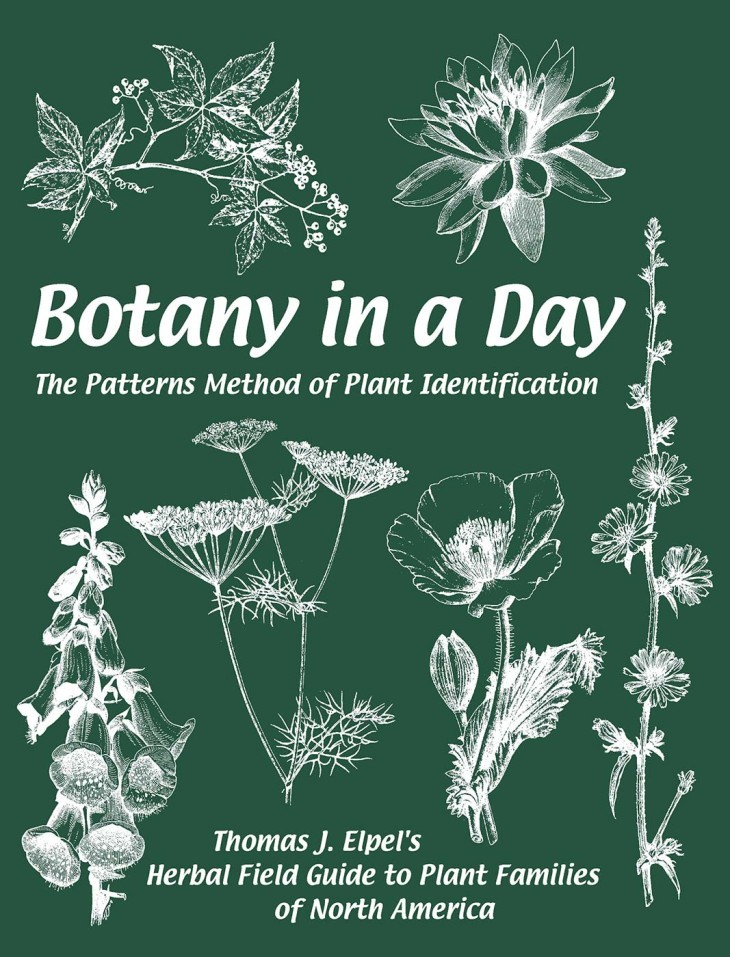When I was young, I dreamed of apprenticing to a wise elder who could train me in the ways of the wild. Alas, as a child growing up in a Connecticut suburb, I never found such a teacher. But, determined to make my way as a forager, I did eventually find mentors, of a sort, in the library. If you don’t have a teacher to initiate you, getting started as a forager can be challenging.
Fortunately, there are many great wild food writers – many more so now than when I was learning, at a time when Euell Gibbons’ Stalking the Wild Asparagus seemed to be the only book to offer firsthand foraging wisdom. Today’s foragers might actually have so many sources that it’s hard to separate the dock seeds from the chaff (so to speak).
Most wild food guides suffer from two key problems. First, many are derivative, repackaging untested knowledge gained from other field guides, even perpetuating their inaccuracies and myths. Second, they skimp on details that are necessary for clarity and utility. The following guides are exceptions that would make a great beginning for a forager’s library.
Newcomb’s Wildflower Guide, by Lawrence Newcomb (Little, Brown and Company): The first book a forager should own isn’t a guide to edibles, it’s a guide to flowering plants in general. Before you can be confident that you’re foraging safely, you should be able to identify lots and lots of plants. Even with all the guides and apps and websites out there to help you, Newcomb’s Wildflower Guide is still the best way to learn them.
The Forager’s Harvest, Nature’s Garden, and Incredible Wild Edibles, by Samuel Thayer (Forager’s Harvest Press): These three books together comprise the best references to wild food plants available today. Thayer’s writing is inspired and inspirational, full of practical advice, lively stories, and meticulous detail. Thayer writes from a depth of foraging experience that few living foragers have matched. He attacks conventional wisdom about wild plants with skepticism and puts every idea to the test of personal experience. These books have ignited a renaissance in North American foraging.
Ancestral Plants, by Arthur Haines (2 volumes): Haines, who lives in Maine, is the senior research botanist for The Native Plant Trust and has an impressively comprehensive knowledge of the plants in our region. He literally wrote the book on the plants of New England; Flora Novae Angliae is a remarkable, technical key to all the region’s known plants. Haines has an abiding passion for traditional ecological knowledge, and Ancestral Plants is an encyclopedia of our region’s most important edible, medicinal, and useful plants, and their historic and prehistoric uses.
Edible Wild Plants: Wild Foods from Dirt to Plate, by John Kallas (Gibbs Smith): This book came out in 2010, purportedly as the first in a series. While no sequel has yet been published, volume one remains one of the best wild food guides out there. It focuses specifically on wild greens and goes into great depth on 18 common ones. Kallas holds a PhD in nutrition, and his book is one of the best sources on the nutritional values of wild foods in the modern diet.
Botany in a Day, by Thomas Elpel (HOPS Press, LLC): This unique book is not a key to plant species, rather it is a key to plant families, something that few people learn, save those who have had botanical training. Learning to identify clues to evolutionary relationships puts plants into context with each other, an invaluable skill for the forager. Elpel is an experienced forager himself. Of particular interest are his time studies, in which he measured how much he was able to forage of a given wild food in a given period of time – giving a realistic sense of the effort involved in different wild food sources.
Winter is a quiet time for the forager. When days get short and the ground is frozen, there are few green things to eat. It’s true that some intrepid foragers can still find wild foods worth gathering, but most of my winter foraging time is spent dreaming of sunnier days. Just because one isn’t leaching acorns or gathering cattail pollen doesn’t mean that one’s foraging needs to go into hibernation. With these guides, winter is a great time to study and prepare for foraging adventures during greener seasons.


